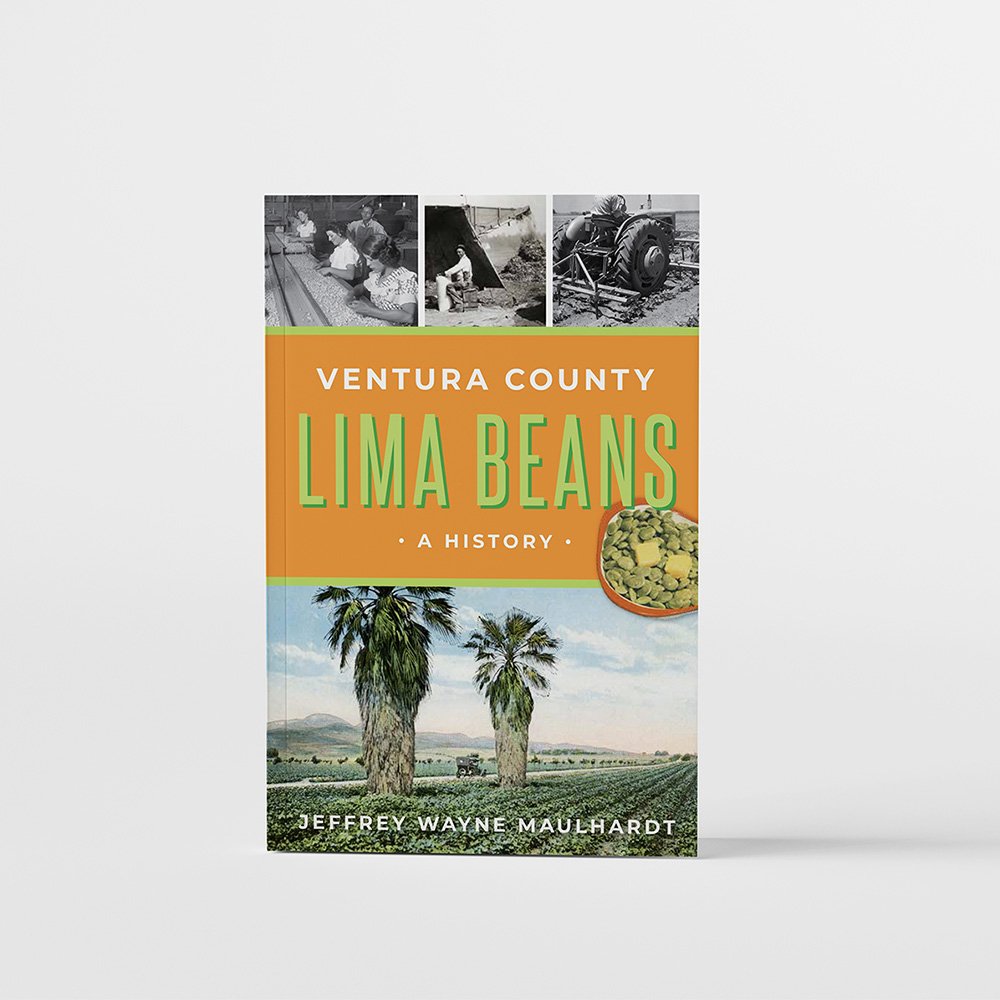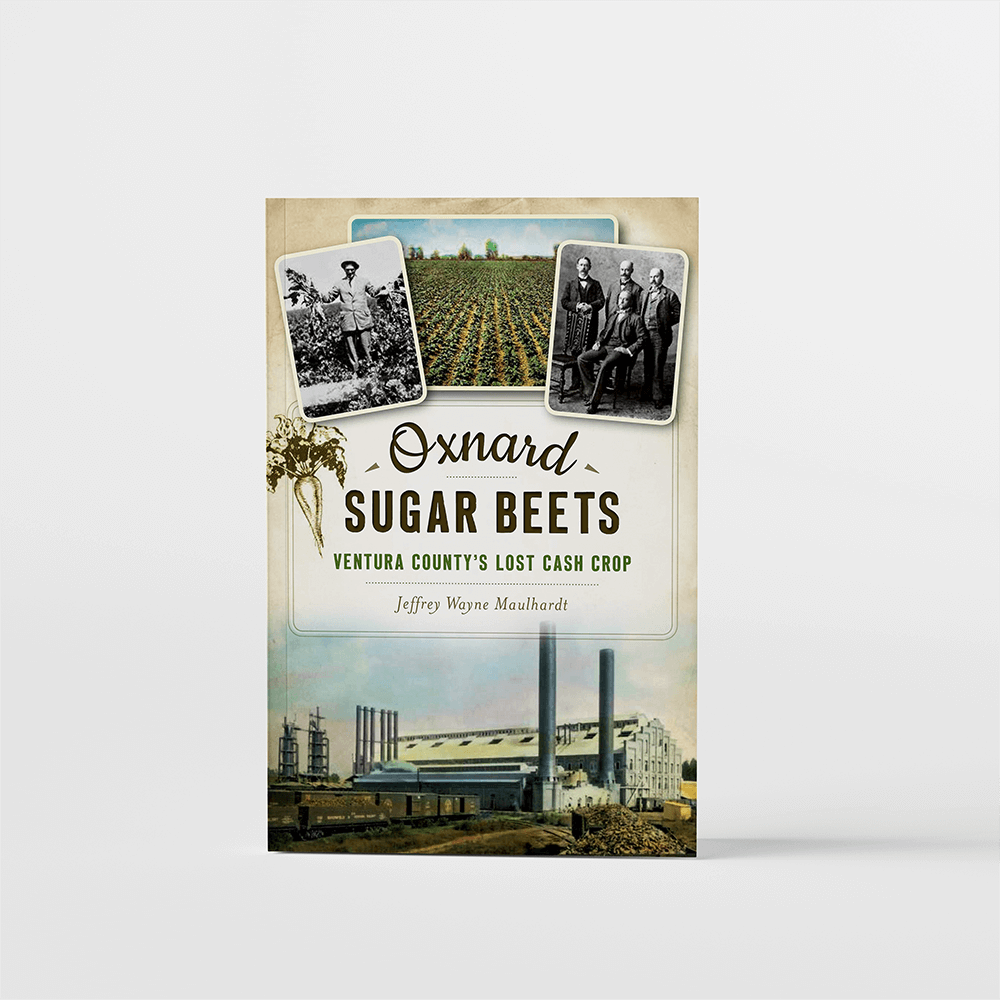Migrant Worker Wall
At Oxnard Historic Farm Park, we honor the enduring legacy of our community's migrant workers through the Migrant Worker Wall. Spearheaded by Ricardo Ordonez and supported by David Kesterson and Denise Kroneberger, this project celebrates the vital contributions of those who have shaped our agricultural heritage.
Gottfried worked in the barley fields for the Borchards, and an 1872 ledger shows that he earned $1.50 an acre to help harvest the area’s first cropMigration to Oxnard began as early as 1867 with the arrival of German-born immigrant Christian Borchard and his family, along with nephew Caspar Borchard and fellow countrymen Gottfried Maulhardt and his wife, Sophie.
Japanese workers at the Kohler Ranch picking celeryDuring these early years, the main crop was barley, along with corn grown for livestock. Lima beans were introduced in the 1880s and were another example of dry farming, meaning there wasn’t a dedicated water source. The crops could flourish with the winter and spring rains and the fog from the coast. This kept the population low because a large workforce was not needed to work the fields.
Ysidro and Polo Ordonez are among the field workers picking carrots in OxnardMore Germans followed: Diedrich, Friedrich, Kohler, Wucherpfennig. Louis Pfeiler was from Austria. Many other European immigrants arrived in the next few years, including the Irish-born Cloyne, Connelly, Donlon, Gill, McGrath & McCormick families. French-born Justin and Frank Petit also arrived by the 1870s.
Portuguese workers threshing lima beans circa 1910 on the Louis Maulhardt Ranch off Rice RoadYoung male Japanese workers arrived then and became the majority workforce in the beet fields. Migrants from Mexico began arriving at the same time. Soon, groups of workers from Portugal and the Philippines also contributed to the workforce.
WORKERs at Seaboard Lemon AssociationHowever, with the introduction of the sugar beet in 1898, the demand for migrant workers was reintroduced and has continued to be a vital part of Ventura County's agricultural growth.
Want More Oxnard History?







